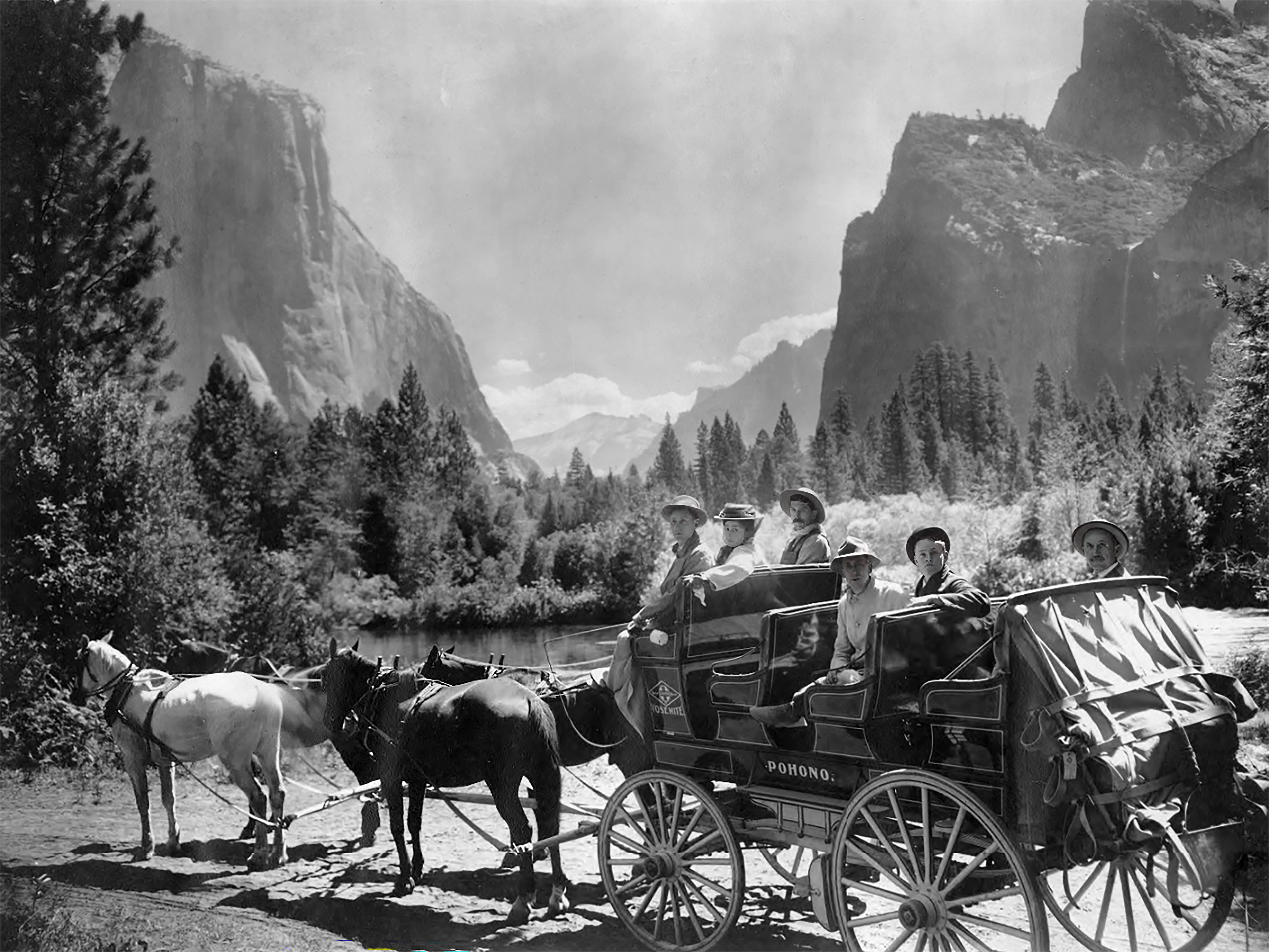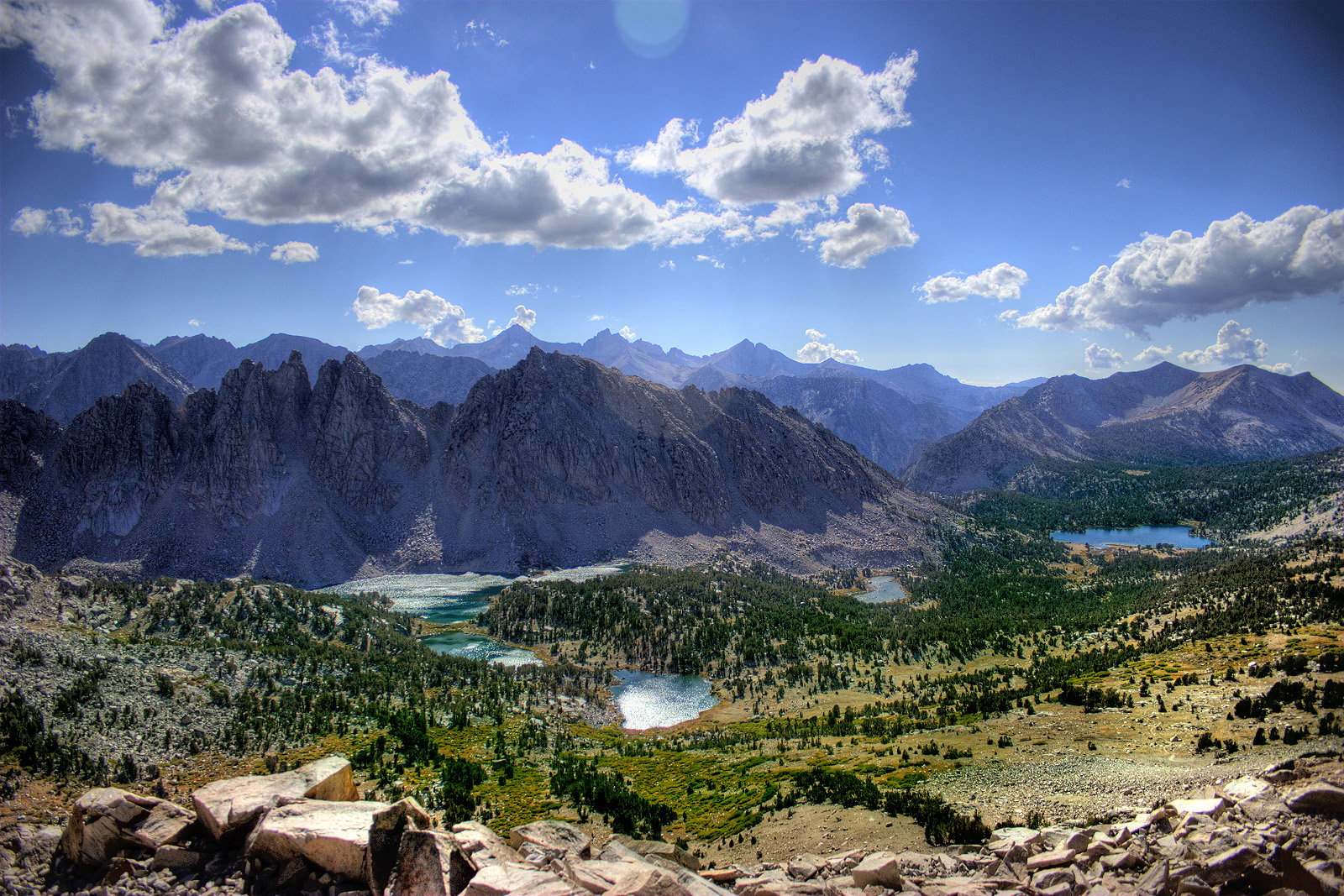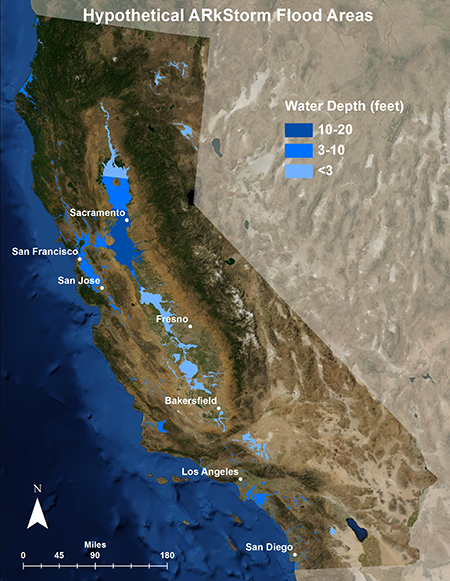|
Merced Falls, California
Merced Falls (''Merced'', Spanish for "Mercy") is an unincorporated community in Merced County, California. It is located on the north bank of the Merced River east of Snelling, at an elevation of 348 feet (106 m). Merced Falls was named for a set of rapids on the Merced River. A post office operated at Merced Falls from 1856 to 1957. The town was founded here because in the California Gold Rush, the three main crossings of the Merced River on the Stockton - Los Angeles Road were located within downstream of the rapids of Merced Falls. Closest to the falls was Phillips' Ferry, then Belts Ferry (later Murray's Ferry and Murray's Bridge and near what later became Merced Falls), and then Young's Ferry. Murray's Bridge was washed away in the Great Flood of 1862 but was later rebuilt. [...More Info...] [...Related Items...] OR: [Wikipedia] [Google] [Baidu] |
Unincorporated Area
An unincorporated area is a parcel of land that is not governed by a local general-purpose municipal corporation. (At p. 178.) They may be governed or serviced by an encompassing unit (such as a county) or another branch of the state (such as the military). There are many unincorporated communities and areas in the United States and Canada, but many countries do not use the concept of an unincorporated area. By country Argentina In Argentina, the provinces of Chubut Province, Chubut, Córdoba Province (Argentina), Córdoba, Entre Ríos Province, Entre Ríos, Formosa Province, Formosa, Neuquén Province, Neuquén, Río Negro Province, Río Negro, San Luis Province, San Luis, Santa Cruz Province, Argentina, Santa Cruz, Santiago del Estero Province, Santiago del Estero, Tierra del Fuego Province, Argentina, Tierra del Fuego, and Tucumán Province, Tucumán have areas that are outside any municipality or commune. Australia Unlike many other countries, Australia has only local go ... [...More Info...] [...Related Items...] OR: [Wikipedia] [Google] [Baidu] |
California Farmer
''California Farmer'' (1854-2013) was the state of California's leading farm magazine for more than a century. History ''California Farmer'' was founded in 1854 by Col. James LaFayette Warren, a British-born nurseryman and merchant who had come to California from Massachusetts in 1849 at the age of 44. Before turning publisher, he tried his hand at gold mining and took note of the scurvy that afflicted miners because of their bad diet. He set up a seed business in Sacramento and began taking an interest in the broader development of agriculture in his adopted state. This in turn led to the launch of ''California Farmer and Journal of Useful Sciences'' (as it was originally titled), the first agricultural journal on the west coast.Starr, Kevin. ''Inventing the Dream: California Through the Progressive Era''. Oxford University Press, 1986. Working with his son and business partner John Quincy Adams Warren, who was the magazine's editor, Warren aimed at a literate middle-class reader ... [...More Info...] [...Related Items...] OR: [Wikipedia] [Google] [Baidu] |
Unincorporated Communities In Merced County, California
Unincorporated may refer to: * Unincorporated area, land not governed by a local municipality * Unincorporated entity, a type of organization * Unincorporated territories of the United States, territories under U.S. jurisdiction, to which Congress has determined that only select parts of the U.S. Constitution apply * Unincorporated association Unincorporated association refers to a group of people in common law jurisdictions—such as the United Kingdom, Canada, and New Zealand—who organize around a shared purpose without forming a corporation or similar legal entity. Unlike in some ..., also known as voluntary association, groups organized to accomplish a purpose * ''Unincorporated'' (album), a 2001 album by Earl Harvin Trio {{disambig ... [...More Info...] [...Related Items...] OR: [Wikipedia] [Google] [Baidu] |
Irrigation
Irrigation (also referred to as watering of plants) is the practice of applying controlled amounts of water to land to help grow crops, landscape plants, and lawns. Irrigation has been a key aspect of agriculture for over 5,000 years and has been developed by many cultures around the world. Irrigation helps to grow crops, maintain landscapes, and revegetation, revegetate disturbed soils in dry areas and during times of below-average rainfall. In addition to these uses, irrigation is also employed to protect crops from frost, suppress weed growth in grain fields, and prevent soil consolidation. It is also used to cool livestock, reduce dust, dispose of sewage, and support mining operations. Drainage, which involves the removal of surface and sub-surface water from a given location, is often studied in conjunction with irrigation. There are several methods of irrigation that differ in how water is supplied to plants. Surface irrigation, also known as gravity irrigation, is the olde ... [...More Info...] [...Related Items...] OR: [Wikipedia] [Google] [Baidu] |
Central Pacific Railroad
The Central Pacific Railroad (CPRR) was a rail company chartered by U.S. Congress in 1862 to build a railroad eastwards from Sacramento, California, to complete most of the western part of the "First transcontinental railroad" in North America. Incorporated in 1861, CPRR ceased independent operations in 1885 when the railroad was leased to the Southern Pacific Railroad Company. Its assets were formally merged into Southern Pacific in 1959. Following the completion of the Pacific Railroad Surveys in 1855, several national proposals to build a transcontinental railroad failed because of political disputes over slavery. With the secession of the South in 1861, the modernizers in the Republican Party controlled the US Congress. They passed legislation in 1862 authorizing the central rail route with financing in the form of land grants and government railroad bond, which were all eventually repaid with interest. The government and the railroads both shared in the increased valu ... [...More Info...] [...Related Items...] OR: [Wikipedia] [Google] [Baidu] |
Yosemite Valley
Yosemite Valley ( ; ''Yosemite'', Miwok for "killer") is a U-shaped valley, glacial valley in Yosemite National Park in the western Sierra Nevada (U.S.), Sierra Nevada mountains of Central California, United States. The valley is about long and deep, surrounded by high granite summits such as Half Dome and El Capitan, and densely forested with pines. The valley is drained by the Merced River, and a multitude of streams and waterfalls flow into it, including Tenaya Creek, Tenaya, Illilouette, Yosemite Creek, Yosemite and Bridalveil Creeks. Yosemite Falls is the highest waterfall in North America and is a big attraction, especially in the spring, when the water flow is at its peak. The valley is renowned for its natural environment and is regarded as the centerpiece of Yosemite National Park. The valley is the main attraction in the park for the majority of visitors and a bustling hub of activity during tourist season in the summer months. Most visitors enter the valley from ro ... [...More Info...] [...Related Items...] OR: [Wikipedia] [Google] [Baidu] |
Yosemite Valley Railroad
The Yosemite Valley Railroad (YVRR) was a Shortline railroad, short-line railroad that operated in California from 1907 to 1945, providing a new mode of travel and tourism for the region. It ran from Merced, California, Merced to the Yosemite National Park, but it did not extend to Yosemite Valley itself, as railroad construction was prohibited in the National Park Service, National Parks. Tourists would disembark at the park boundary in El Portal, California and stay overnight at the Hotel Del Portal before taking a stagecoach to Yosemite Valley. The YVRR replaced the stagecoach routes that had dominated travel and tourism in the area since the mid-1870s. However, by the 1920s, the increasing popularity of automobiles had started to overtake the railroad in terms of tourist volume. By the 1940s, the completion of the California State Route 140, Yosemite All-Year Highway and the decreased recreational passenger traffic due to World War II had all but eliminated demand for rail p ... [...More Info...] [...Related Items...] OR: [Wikipedia] [Google] [Baidu] |
Sierra Nevada (U
The Sierra Nevada ( ) is a mountain range in the Western United States, between the Central Valley (California), Central Valley of California and the Great Basin. The vast majority of the range lies in the state of California, although the Carson Range spur lies primarily in Nevada. The Sierra Nevada is part of the American Cordillera, an almost continuous chain of mountain ranges that forms the western "backbone" of the Americas. The Sierra runs north-south, and its width ranges from to across east–west. Notable features include the General Sherman Tree, the largest tree in the world by volume; Lake Tahoe, the largest alpine lake in North America; Mount Whitney at , the highest point in the contiguous United States; and Yosemite Valley sculpted by glaciers from one-hundred-million-year-old granite, containing List of waterfalls in Yosemite National Park, high waterfalls. The Sierra is home to three national parks, twenty-six wilderness areas, ten national forests, and two ... [...More Info...] [...Related Items...] OR: [Wikipedia] [Google] [Baidu] |
Yosemite Lumber Company
The Yosemite Lumber Company was an early 20th century Sugar Pine and White Pine logging operation in the Sierra Nevada. The company built the steepest logging incline ever, a route that tied the high-country timber tracts in Yosemite National Park to the low-lying Yosemite Valley Railroad running alongside the Merced River. From there, the logs went by rail to the company’s sawmill at Merced Falls, about fifty-four miles west of El Portal. Two special acts of Congress allowed the company to harvest timber in Yosemite National Park under the guidance that only "dead and decaying" timber be cut. An immense production allowance of two hundred million board feet suggested this was a loosely interpreted restriction. The company averaged a yearly cut of fifty-five million board feet during its thirty years in business. During that time, Yosemite Sugar Pine ran five shay locomotives across a hundred miles of track. 1n 1937, the federal government forced the sale of 7,200 acre ... [...More Info...] [...Related Items...] OR: [Wikipedia] [Google] [Baidu] |
Sawmill
A sawmill (saw mill, saw-mill) or lumber mill is a facility where logging, logs are cut into lumber. Modern sawmills use a motorized saw to cut logs lengthwise to make long pieces, and crosswise to length depending on standard or custom sizes (dimensional lumber). The Portable sawmill, "portable" sawmill is simple to operate. The log lies flat on a steel bed, and the motorized saw cuts the log horizontally along the length of the bed, by the operator manually pushing the saw. The most basic kind of sawmill consists of a chainsaw and a customized jig ("Alaskan sawmill"), with similar horizontal operation. Before the invention of the sawmill, boards were made in various manual labour, manual ways, either wood splitting, rived (split) and plane (tool), planed, hewing, hewn, or more often hand sawn by two men with a whipsaw, one above and another in a saw pit below. The earliest known mechanical mill is the Hierapolis sawmill, a Roman water-powered stone mill at Hierapolis, Asia M ... [...More Info...] [...Related Items...] OR: [Wikipedia] [Google] [Baidu] |
Watermill
A watermill or water mill is a mill that uses hydropower. It is a structure that uses a water wheel or water turbine to drive a mechanical process such as mill (grinding), milling (grinding), rolling, or hammering. Such processes are needed in the production of many material goods, including flour, lumber, paper, textiles, and many metal products. These watermills may comprise gristmills, sawmills, paper mills, textile mills, hammermills, trip hammering mills, rolling mills, and wire drawing mills. One major way to classify watermills is by wheel orientation (vertical or horizontal), one powered by a vertical waterwheel through a Gear train, gear mechanism, and the other equipped with a horizontal waterwheel without such a mechanism. The former type can be further subdivided, depending on where the water hits the wheel paddles, into undershot, overshot, breastshot and pitchback (backshot or reverse shot) waterwheel mills. Another way to classify water mills is by an essential tr ... [...More Info...] [...Related Items...] OR: [Wikipedia] [Google] [Baidu] |
Great Flood Of 1862
The Great Flood of 1862 was the largest flood in the recorded history of California, Oregon, and Nevada, inundating the western United States and portions of British Columbia and Mexico. It was preceded by weeks of continuous rains and snows that began in Oregon in November 1861 and continued into January 1862. This was followed by a record amount of rain from January 9–12, and contributed to a flood that extended from the Columbia River southward in western Oregon, and through California to San Diego, as well as extending as far inland as the Washington Territory (now Idaho), the Utah Territory (now Nevada and Utah), and the western New Mexico Territory (now Arizona). The event dumped an equivalent of of precipitation in California, in the form of rain and snow, over a period of 43 days. Immense snowfalls in the mountains of far western North America caused more flooding in Idaho, Arizona, New Mexico, as well as in Baja California and Sonora, Mexico the following spring and ... [...More Info...] [...Related Items...] OR: [Wikipedia] [Google] [Baidu] |








